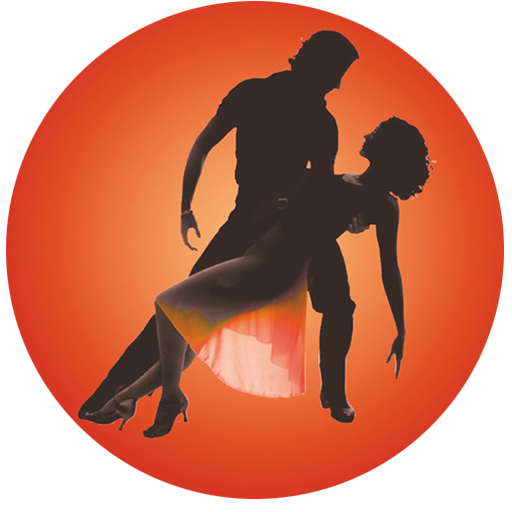DANCE AND HEALTH
According to Plato, dance is an ideal means of education, since it combines the cultivation of the soul through music and the cultivation of the body through exercise, which is why he recommended it to both pregnant women and children from infancy (Mouratidis, 2000).
In modern literature, dance is treated as a particularly interesting and effective form of physical activity (Judge, 2003). When it takes the form of regular aerobic exercise, it contributes significantly to the general physical and mental health of adults (Fentem, 1992), findings that correspond to the now widespread assumption about the significant psychological effects of exercise and increased physical activity on the quality of life of individuals (Theodorakis, 2010).
Greek traditional dance seems to be particularly beneficial for both physical and mental well-being, since it was found to be a form of exercise, with its intensity placed within the predetermined limits of an aerobic exercise routine (Pitsi, Smilios, Sokmakidis, Serbezis, & Goulimaris, 2008). A number of studies suggest that its effects on physical and mental health parameters may be similar to those of exercise. More specifically, it has been found that intervention with Greek traditional dance, in people with breast cancer, contributed to the improvement of their physical function, life satisfaction and reduction of depression symptoms (Kaltsatou, Mameletzi, & Douka, 2010). In another study, intervention with Greek traditional dance resulted in the reduction of transitional anxiety and mood status of participants (Papaioannou, Mavrovouniotis, & Argyriadou, 2005).
The nature of Greek traditional dance as a physical activity and the opportunities for social interaction it offers, create an inextricable relationship with the multidimensional concept of quality of life. It is a type of exercise, which does not require much expense and equipment and is aimed at all ages. People with dance have fun, recreate, socialize and improve their physical and mental health. At least this is shown by the findings of Bouyesis, Zisis, Gri-goriou and Pollatos (2011), who examined how the factors of quality of life differ among adults who systematically participate in Greek traditional dance lessons, exercise systematically or lead a sedentary lifestyle. According to their results, dancers outperformed non-practitioners in factors related to physical health, energy and social functioning. But dancers also excelled over practitioners, mainly in factors related to mental health and emotional functioning. For the elderly, physical activity is very important, since it brings significant and positive results in many areas of physical health and functionality. It has been found, for example, that aerobic exercise can improve the health profile of the elderly (Hui, Chui, & Woo, 2008), muscular endurance, balance, and functional capacity (Jacobson, Smith, Fronterhouse, Kline, & Boolani, 2012). The effects of exercise on the mental health of the elderly are also significant, since research findings show positive changes not only in motor but also in cognitive function in the elderly (Yan & Zhoo, 2009), as well as improvement in their mood in general (Kanning & Schlicht, 2010). Dancing, especially for older people, is a very good type of physical activity, since it carries fewer risks of injury than many other types of exercise, which is why it is considered that it can effectively enhance health after the age of 65 (Wikstrom, 2004). Research data show that dance provides older participants with exercise-like benefits by helping to improve balance and avoid falls (Federici, Bellagam-bam, &; Rocchi, 2005; Shigematsu et al., 2002). The effects of dance on perceptual function (Shigematsu et al., 2002), but also on the ability to relax and concentrate in the elderly (Birkel, 1998) also seem to be positive.
Greek traditional dance is of particular importance to the Greek elderly, since it is associated with tradition, culture, and the course of their own lives. It is therefore a physical activity more popular and more easily chosen by older people, but it can have the beneficial effects of exercise. Research shows that Greek traditional dance has positive effects on the motor function of older people, since it contributes to good dynamic and static balance (Sofianidis, Hatzitaki, Douka, & Grouios, 2009). It also seems to contribute to mental health and life satisfaction, factors very important for quality of life (Konstantinidou, Farahousou, & Kambitsis, 2002). Equally important seem to be its effects on increasing mental well-being but also on reducing anxiety and depression that often occur in older people (Mavrovouniotis, Argiriadou, & Papaioannou, 2010).
Dancing is health! For mind, soul and body!
And we at The Dance Club are here to offer it generously to you. Join our dance family and make dancing the best prevention measure for all areas of your health!
